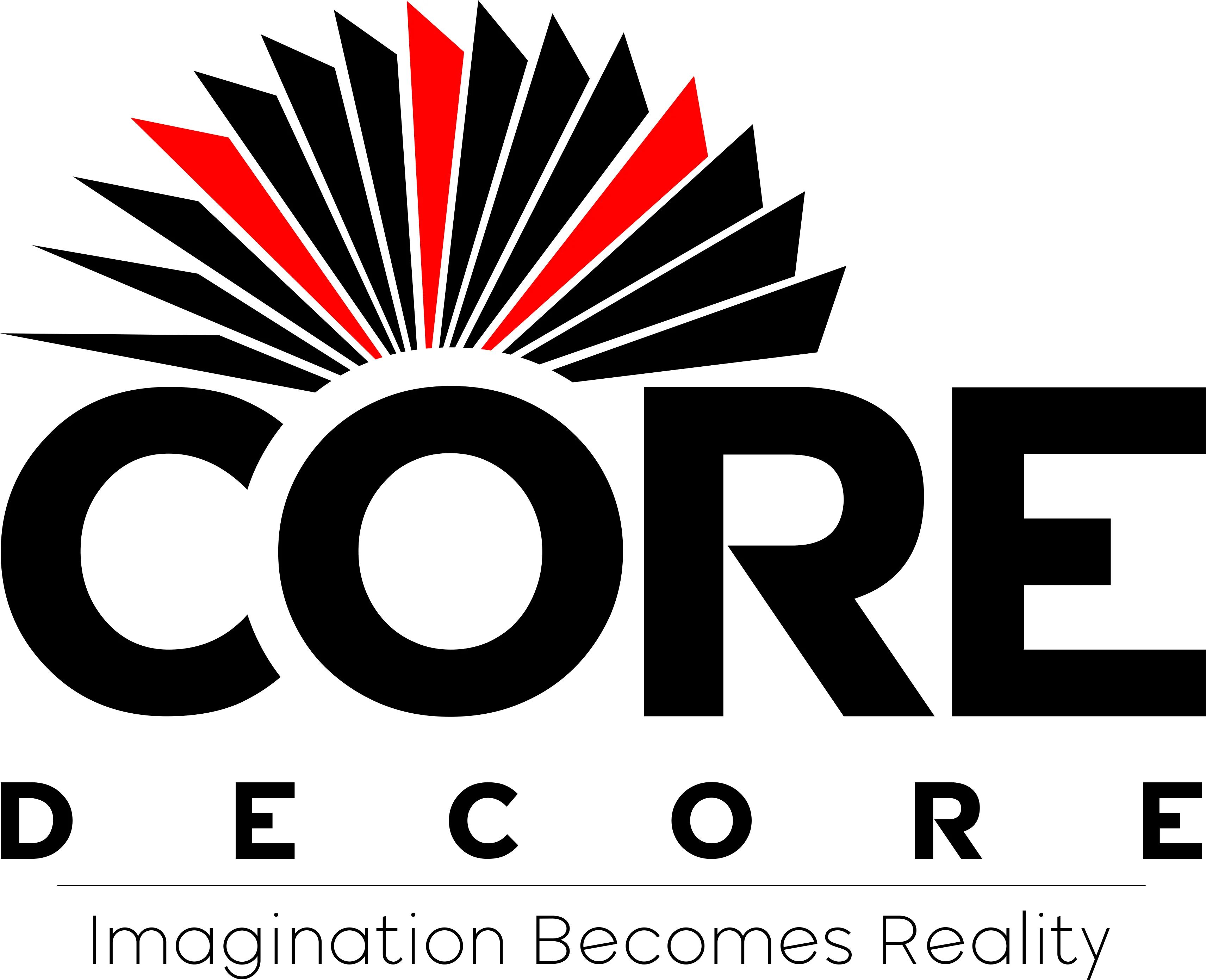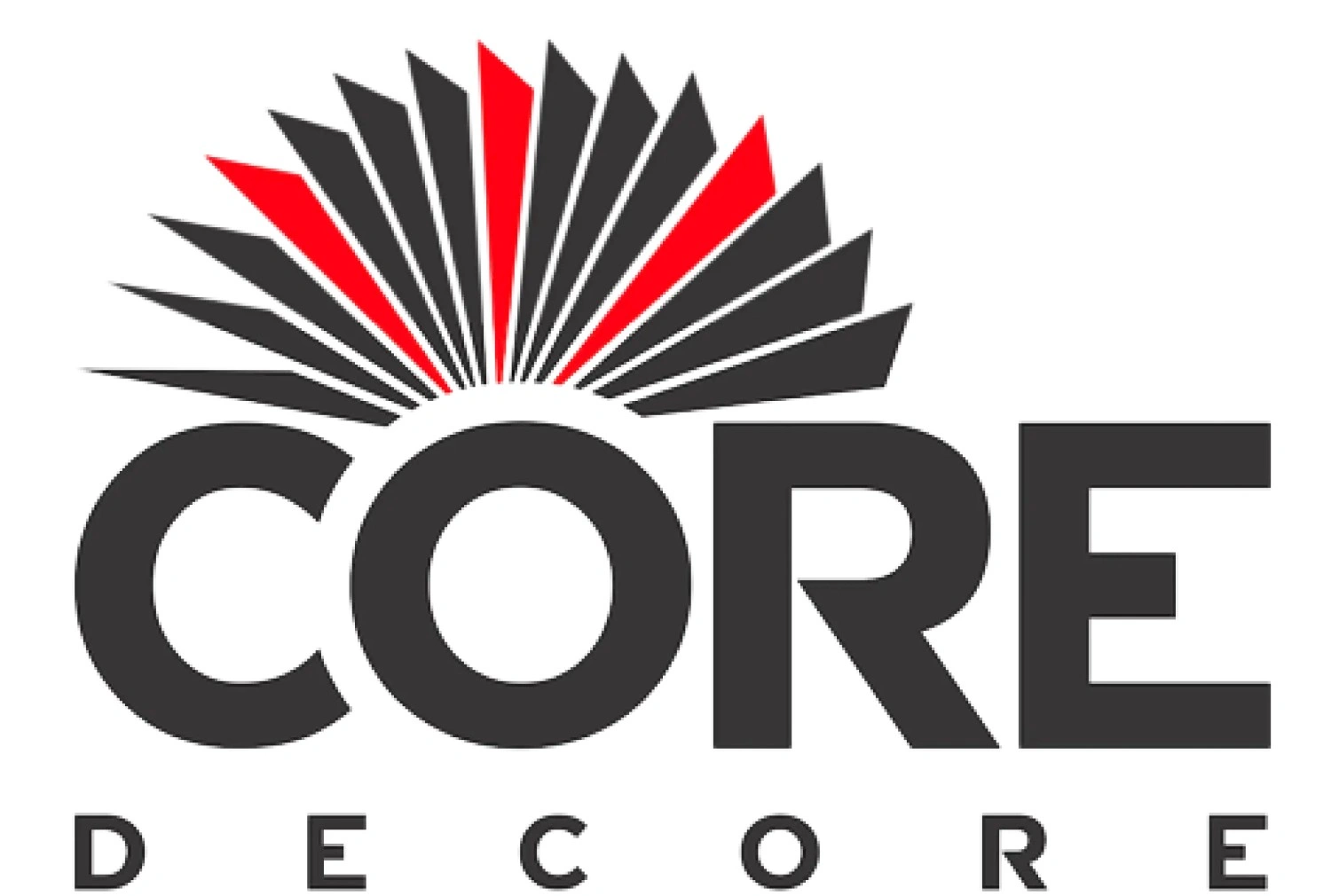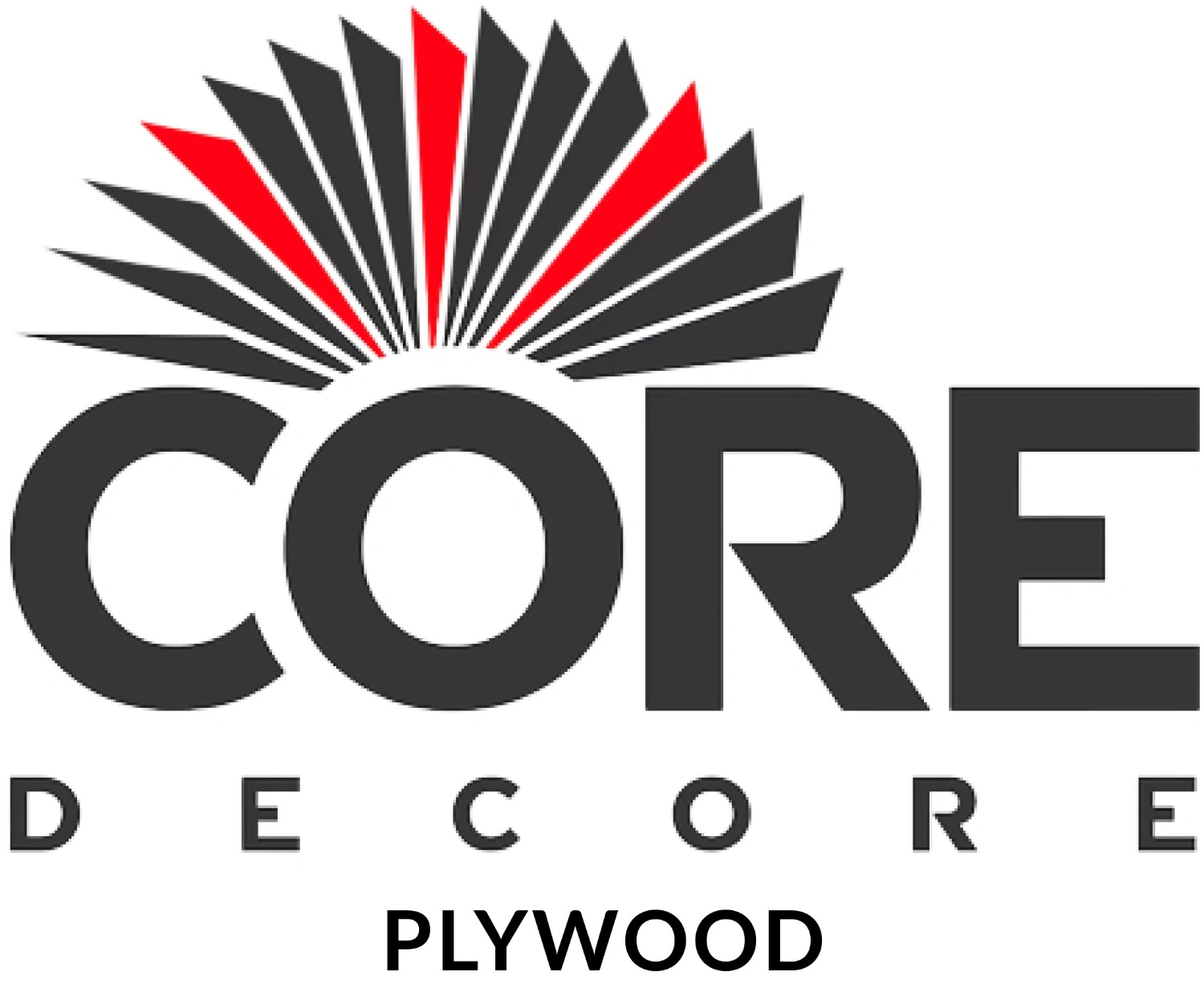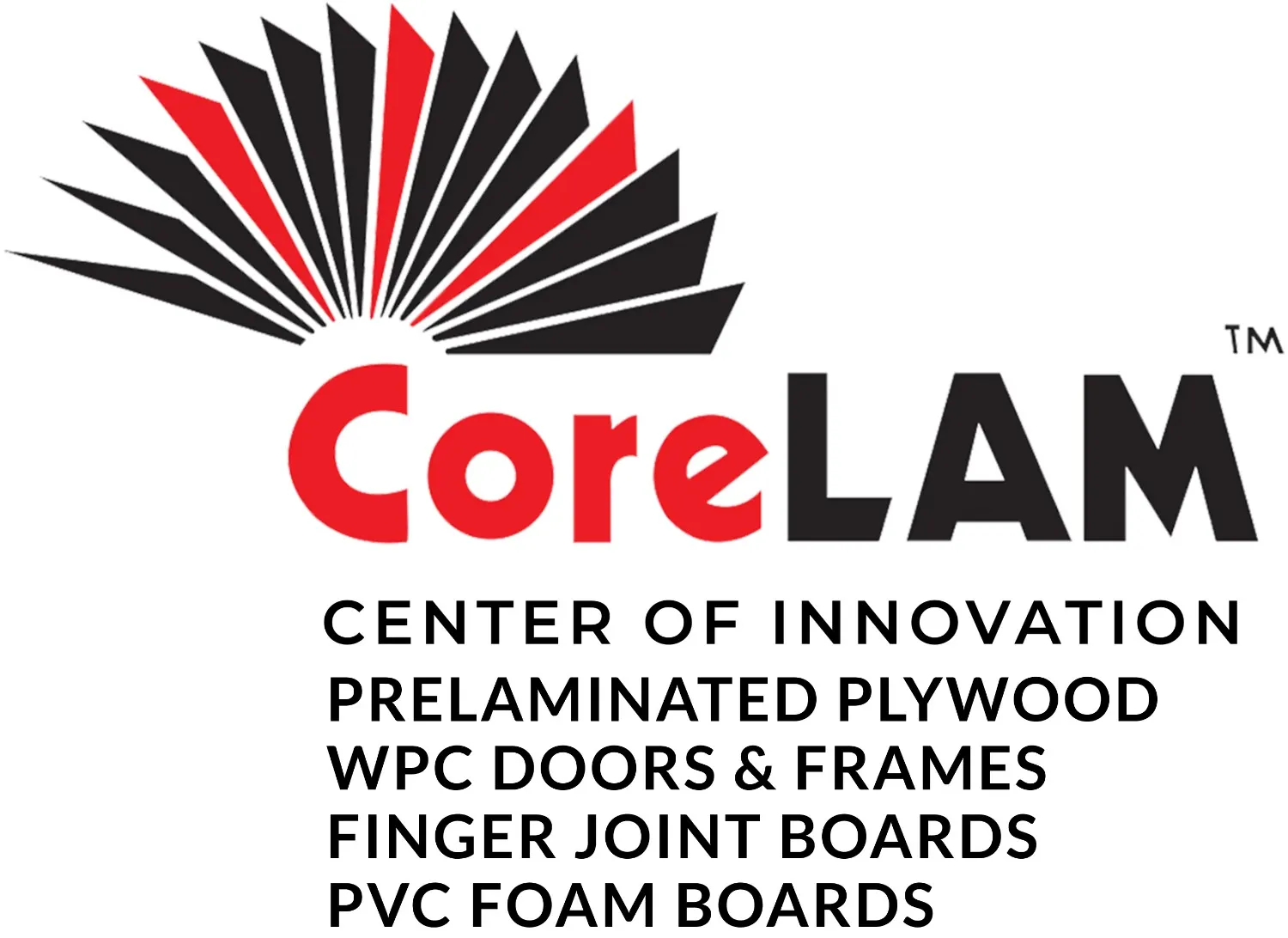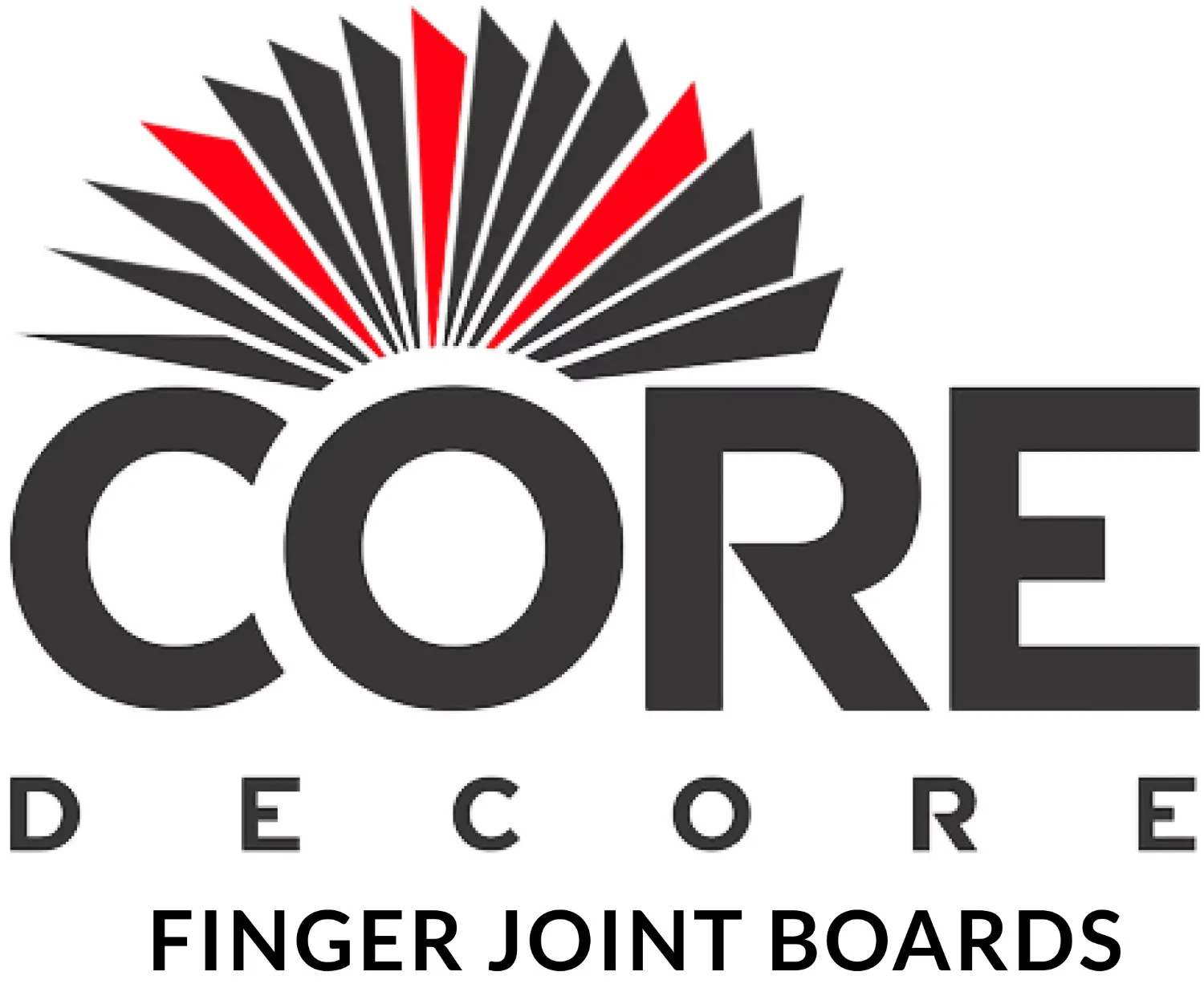In construction materials, plywood reigns supreme, offering a versatile and reliable solution for many applications. Among the diverse array of plywood options available, two heavyweights stand out: shuttering plywood and film-faced plywood. While they may appear similar at first glance, understanding their differences is crucial for selecting the right material for your project. In this face-off, we'll delve into the characteristics, applications, and unique attributes of shuttering plywood and film-faced plywood to shed light on their distinctions.
Shuttering Plywood: A Strong Support System for Buildings
Shuttering plywood, also known as sheathing plywood or formwork plywood, is engineered to provide robust structural support in concrete construction projects. Its primary function is to create temporary molds or formwork into which concrete is poured, offering essential support until the concrete sets. Shuttering plywood prioritizes strength and durability over aesthetics, making it an indispensable choice for projects where structural integrity is paramount.
Film-Faced Plywood: The Versatile Contender
Film-faced plywood, on the other hand, is a versatile option that combines the strength of traditional plywood with a protective film coating. This film, typically made of phenolic resin or melamine, enhances the plywood's resistance to water, abrasion, and chemicals, making it suitable for a wide range of applications. While film-faced plywood shares some similarities with shuttering plywood in terms of strength and durability, its primary focus is on providing a smooth and aesthetically pleasing surface finish.
Key Differences: Strength vs. Aesthetics
The primary distinction between shuttering plywood and film-faced plywood lies in their respective priorities. Shuttering plywood prioritizes strength and durability, making it ideal for structural support in concrete construction. In contrast, film-faced plywood places a greater emphasis on aesthetics, offering a smooth and visually appealing surface finish that is suitable for applications where appearance matters.
Applications
Shuttering plywood finds its niche in concrete construction projects, where its robustness and strength are essential for creating formwork and molds. It is commonly used in applications such as retaining walls, bridge and tunnel construction and building foundations. Film-faced plywood, with its smooth surface finish and enhanced aesthetics, is well-suited for applications where appearance is important, such as furniture making, interior decor, and architectural finishes.
Choosing the Right Plywood for Your Project
When it comes to selecting between shuttering plywood and film-faced plywood, understanding the specific requirements of your project is crucial. If structural support and durability are paramount, shuttering plywood is the ideal choice. However, if aesthetics and surface finish are key considerations, film-faced plywood may be the better option. By considering the unique attributes and applications of each type of plywood, you can make an informed decision that meets the needs of your project.
Conclusion: Making an Informed Choice
In the face-off between shuttering plywood and film-faced plywood, knowing the difference is essential for selecting the right material for your construction project. Whether you prioritize strength and durability or aesthetics and surface finish, each type of plywood offers distinct advantages suited to specific needs. And when it comes to purchasing, consider the Chopra Group for the best quality in both shuttering plywood and film-faced plywood. By understanding the characteristics, applications, and unique attributes of these plywood types, you can make an informed choice that ensures the success of your project.

